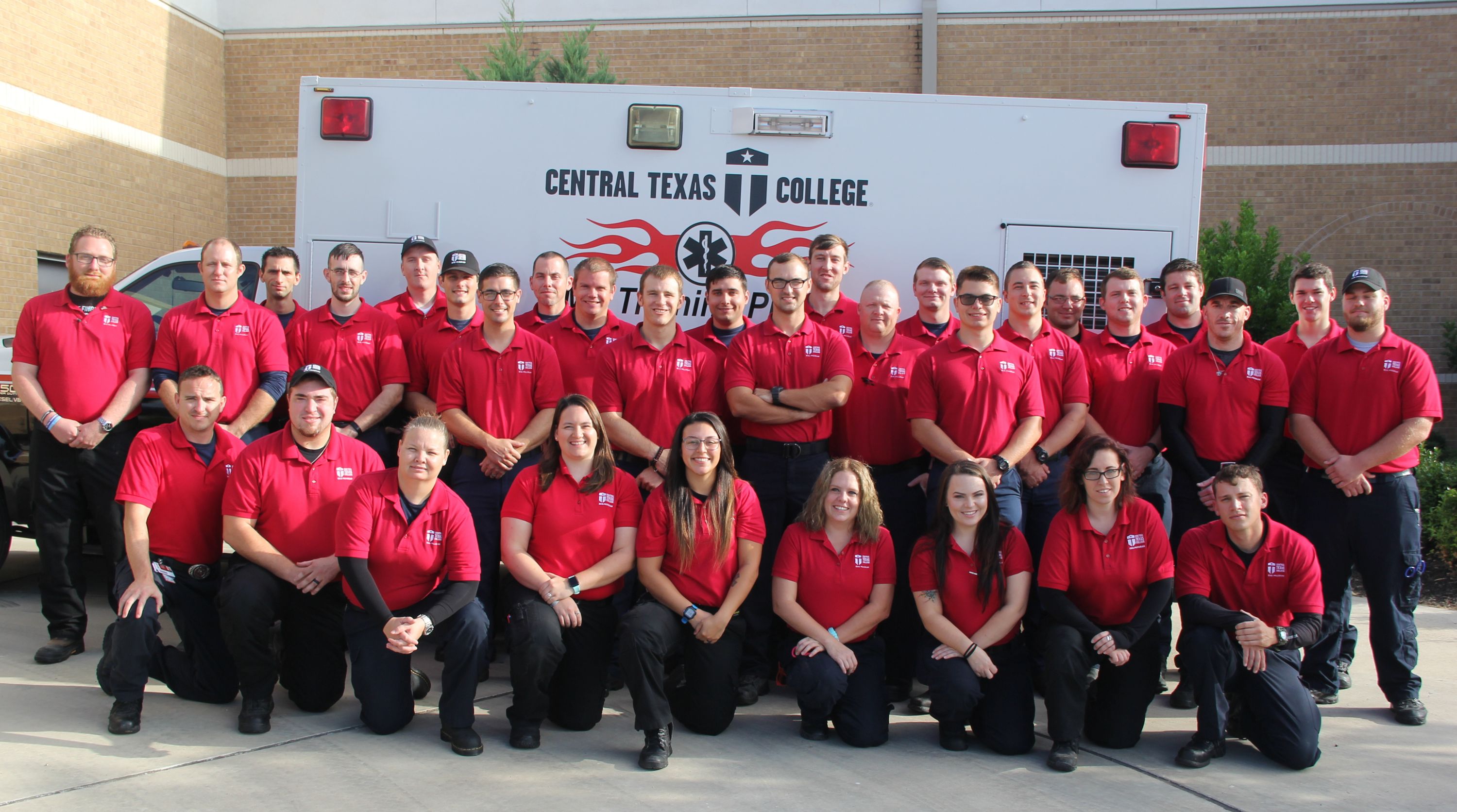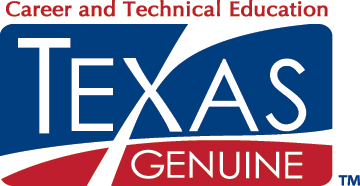 Welcome to Central Texas College EMS Program. You have chosen a very exciting and rewarding health care profession. Central Texas College has been preparing individuals to enter the field of pre-hospital care as EMTs and paramedics since August 1983. We have graduates who are working around the world and are making a valuable contribution to the quality of pre-hospital care. Some graduates have continued the training in the medical profession and are now RNs and even some are physicians. We welcome you as you begin your journey to join their ranks and wish you well during your next semesters of study. The program curriculum is designed to help you meet your EMS education goals to include successful completion with National Registry testing. You will experience an array of new challenges, wonderful ideas and varied cultures within an exceptional learning environment.
Welcome to Central Texas College EMS Program. You have chosen a very exciting and rewarding health care profession. Central Texas College has been preparing individuals to enter the field of pre-hospital care as EMTs and paramedics since August 1983. We have graduates who are working around the world and are making a valuable contribution to the quality of pre-hospital care. Some graduates have continued the training in the medical profession and are now RNs and even some are physicians. We welcome you as you begin your journey to join their ranks and wish you well during your next semesters of study. The program curriculum is designed to help you meet your EMS education goals to include successful completion with National Registry testing. You will experience an array of new challenges, wonderful ideas and varied cultures within an exceptional learning environment.
The Emergency Medical Technology (EMT) program is offered to qualified candidates seeking a career in the EMS profession. Upon successful completion, students are eligible to take the exam to become certified as an emergency medical technician or paramedic through the National Registry of EMTs (NREMT) and/or the Texas Department of State Health Services. Central Texas College offers the EMT and the paramedic as certificates of completion and as an Associate of Applied Science degree in paramedicine.
The Emergency Medical Service Professions (EMSP) training is divided into five semesters. The first semester (EMT) provides the student with the foundation for a career in emergency medical services as an EMT candidate. The EMSP program provides persons who wish to limit their training to the EMT portion, a conclusion point to exit the program and test for the National Registry EMT certification exam. Students must successfully receive national or Texas state certification as an EMT in order to progress to the paramedic curriculum.
The second semester provides the student with a more advanced foundation in emergency medical services and paramedic practice. This includes trauma management, patient assessment, airway management and emergency pharmacology.
During the third semester, the student begins the initial didactic and clinical/field experience for the paramedic student. This process brings their basic foundation together with emphasis on cardiology, introduction to advanced practice and medical emergencies, fostering basic patient interaction, thought processes, critical thinking, effective domain and psychomotor abilities.
The fourth semester is considered the conclusion of cognitive courses that brings all components of the previous semesters in didactic and some clinical/field experience. Assessment-based management, EMS operations and special populations are all emphasized in this semester. In lab sessions throughout the semester, the student will be evaluated on all National Registry skills in preparation for the NR practical examination and for their upcoming field internship.
The fifth semester (final Paramedic semester; five weeks) students will be encouraged to initiate patient care, develop field evaluations and conclusions and perform as a team leader while receiving supportive and constructive evaluations from field preceptors. Upon successful completion of this five-week capstone internship semester, the student will receive their Paramedic Course Completion and be eligible to sit for the National Registry paramedic certification exam.
Want to know more about the EMS Program?
Paramedic Program Outcomes
CAAHEP Accredited Paramedic Programs and CoAEMSP Letter of Review (LoR) Programs track and report outcome measures annually to the Committee on Accreditation for the Emergency Medical Services Professions (CoAEMSP).
The most current CoAEMSP Annual Report was for the calendar year 2021.
The most recent success rate for the National Registry of EMT Paramedic/State Cognitive exam was 87.8%.
The most recent positive placement rate for graduates was 82.9%. Positive placement is defined by the CoAEMSP as ‘Employed full or part-time in a related field and/or continuing his/her education and/or serving in the military’. Positive placement is measured at completion of the program.
The most recent retention rate was 75.9%.

 Welcome to Central Texas College EMS Program. You have chosen a very exciting and rewarding health care profession. Central Texas College has been preparing individuals to enter the field of pre-hospital care as EMTs and paramedics since August 1983. We have graduates who are working around the world and are making a valuable contribution to the quality of pre-hospital care. Some graduates have continued the training in the medical profession and are now RNs and even some are physicians. We welcome you as you begin your journey to join their ranks and wish you well during your next semesters of study. The program curriculum is designed to help you meet your EMS education goals to include successful completion with National Registry testing. You will experience an array of new challenges, wonderful ideas and varied cultures within an exceptional learning environment.
Welcome to Central Texas College EMS Program. You have chosen a very exciting and rewarding health care profession. Central Texas College has been preparing individuals to enter the field of pre-hospital care as EMTs and paramedics since August 1983. We have graduates who are working around the world and are making a valuable contribution to the quality of pre-hospital care. Some graduates have continued the training in the medical profession and are now RNs and even some are physicians. We welcome you as you begin your journey to join their ranks and wish you well during your next semesters of study. The program curriculum is designed to help you meet your EMS education goals to include successful completion with National Registry testing. You will experience an array of new challenges, wonderful ideas and varied cultures within an exceptional learning environment.
